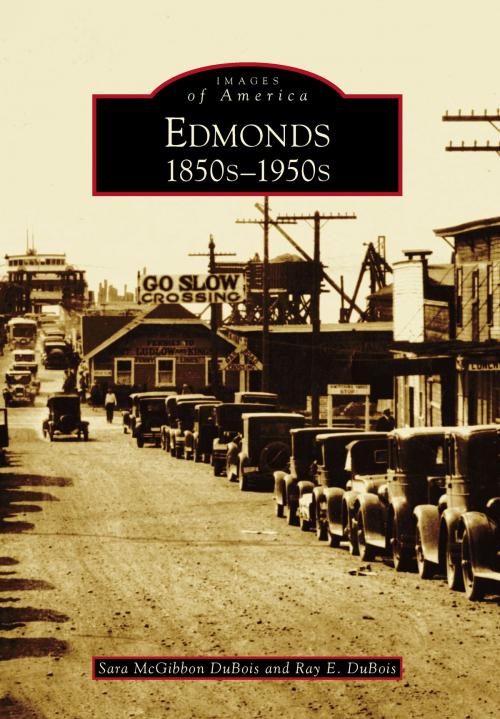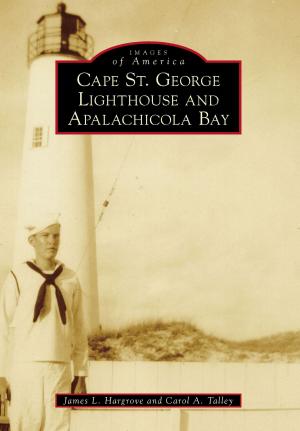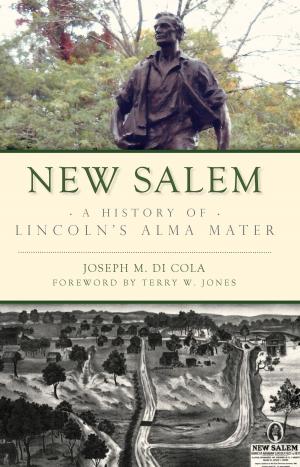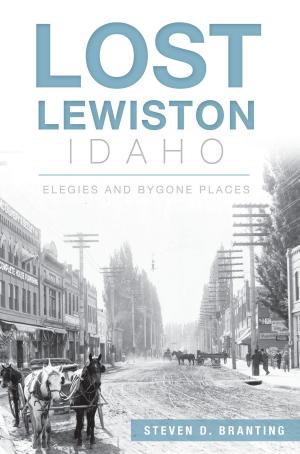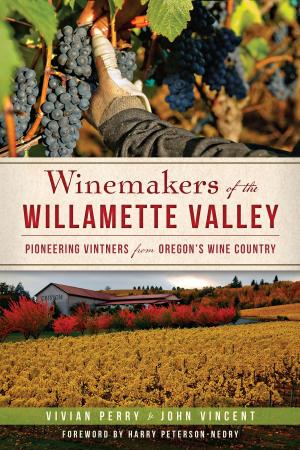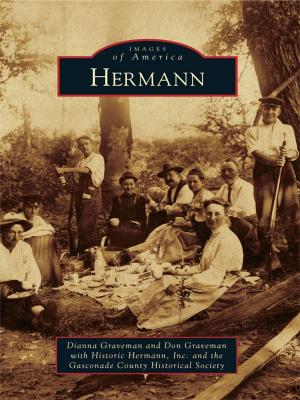| Author: | Sara McGibbon DuBois, Ray E. DuBois | ISBN: | 9781439649145 |
| Publisher: | Arcadia Publishing Inc. | Publication: | January 26, 2015 |
| Imprint: | Arcadia Publishing | Language: | English |
| Author: | Sara McGibbon DuBois, Ray E. DuBois |
| ISBN: | 9781439649145 |
| Publisher: | Arcadia Publishing Inc. |
| Publication: | January 26, 2015 |
| Imprint: | Arcadia Publishing |
| Language: | English |
Before Edmonds became a town, it was a forest of cedar trees and evergreens. The Puget Sound's various Indian tribes used the land for camping, the sea for fishing and clamming for meals, and the marshes for harvesting tules that they used to weave into items such as mats and baskets. Later, the area became known as Brackett's Landing, named after the man who began logging the forest and founded the town of Edmonds in 1890 and opened its first mills and schools. The Great Northern Railway arrived in 1891, bringing with it great prospects for commercial and residential prosperity. As the young town grew into a city, it thrived because of its location on the water. Private ferry boats called the "Mosquito Fleet" came from Seattle, and to this day, commercial and passenger ferries cross the Puget Sound to the Port of Edmonds, Kingston, and the rest of the Olympic peninsula.
Before Edmonds became a town, it was a forest of cedar trees and evergreens. The Puget Sound's various Indian tribes used the land for camping, the sea for fishing and clamming for meals, and the marshes for harvesting tules that they used to weave into items such as mats and baskets. Later, the area became known as Brackett's Landing, named after the man who began logging the forest and founded the town of Edmonds in 1890 and opened its first mills and schools. The Great Northern Railway arrived in 1891, bringing with it great prospects for commercial and residential prosperity. As the young town grew into a city, it thrived because of its location on the water. Private ferry boats called the "Mosquito Fleet" came from Seattle, and to this day, commercial and passenger ferries cross the Puget Sound to the Port of Edmonds, Kingston, and the rest of the Olympic peninsula.
